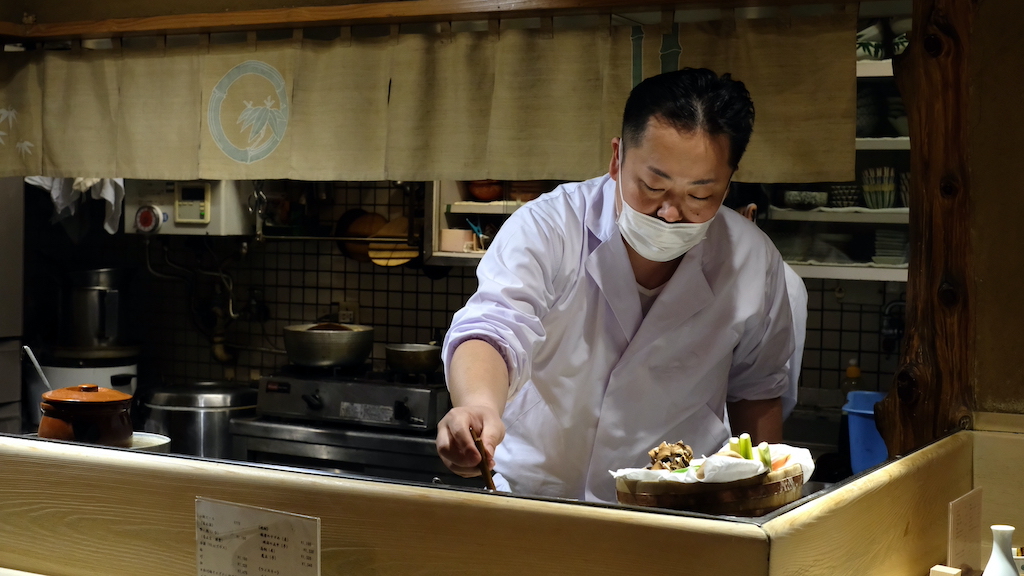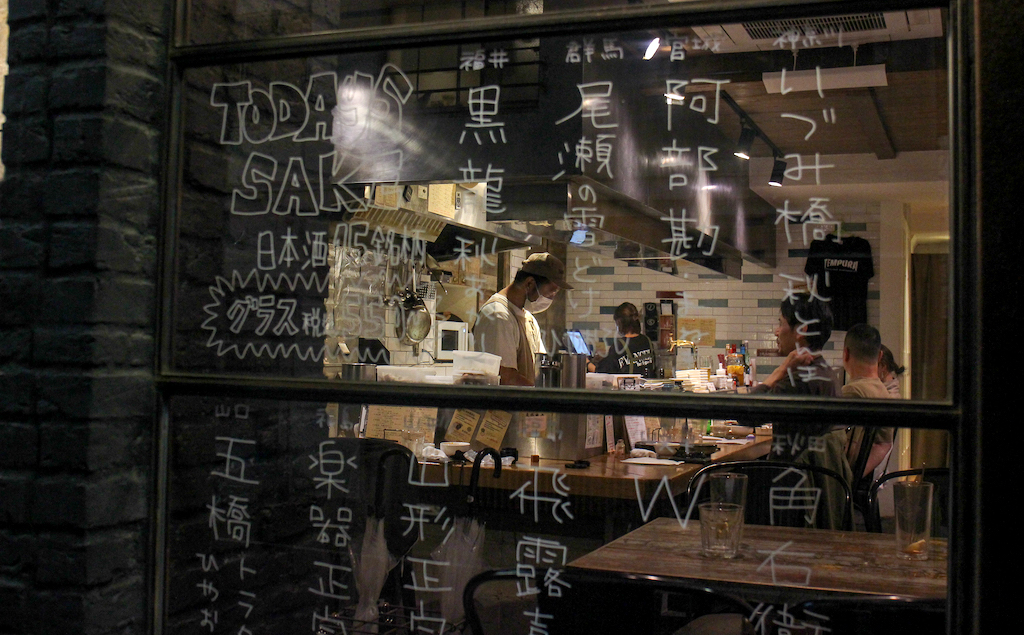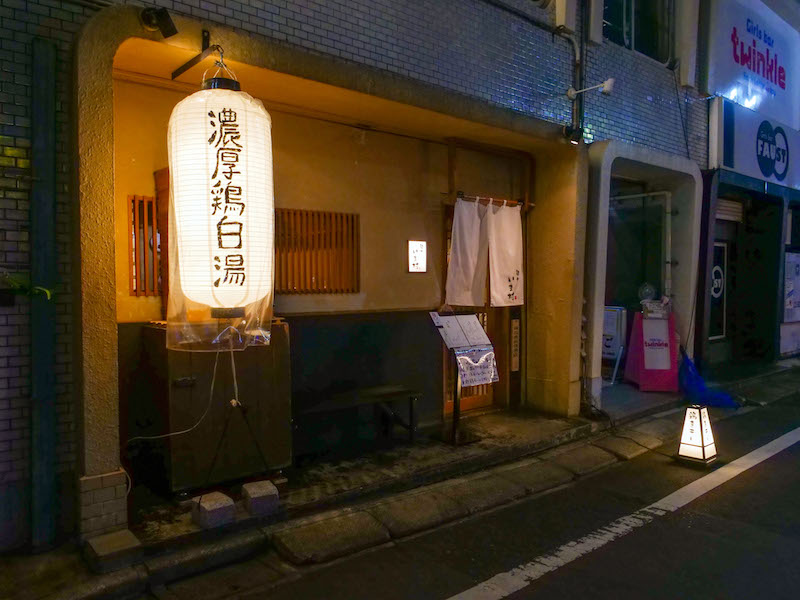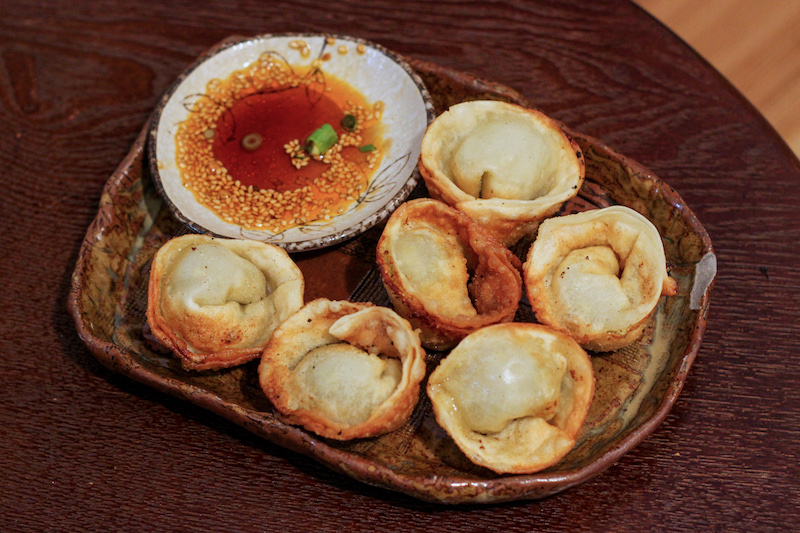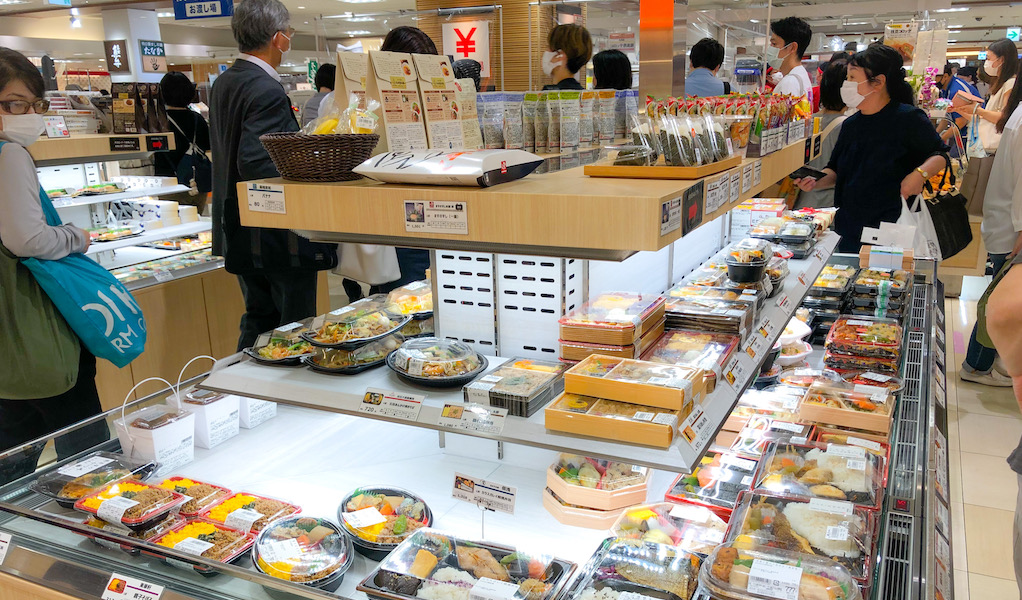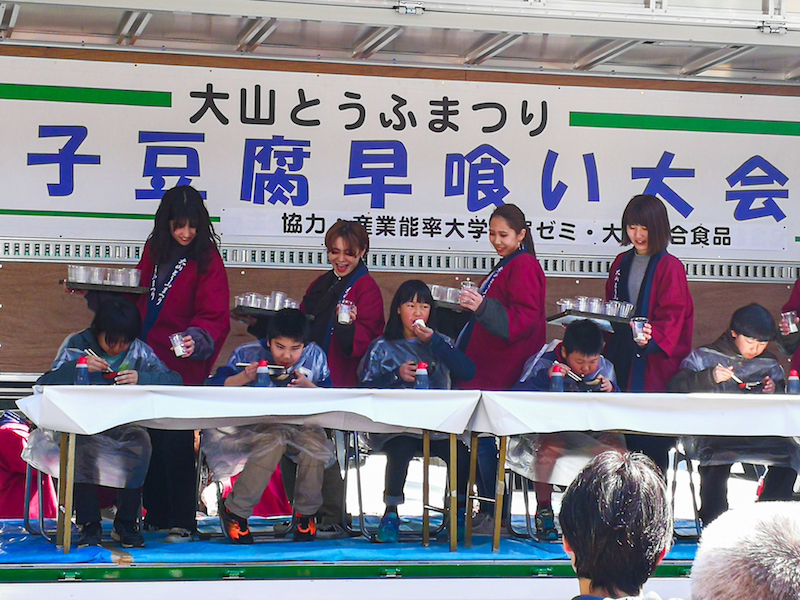We can't find the internet
Attempting to reconnect
Something went wrong!
Hang in there while we get back on track
Search results for "Phoebe Amoroso"
Tokyo
Best Bites 2022: Tokyo
Japan has finally reopened to international tourists, and many residents are not only ready to welcome back visitors, but are delighted to do so. While there are inevitable grumbles about the inevitable queues, these are outweighed by an excitement generated by the fresh energy that fresh eyes bring to the city. Returnee visitors to Tokyo will find much has changed, but much has stayed the same as well. The capital has always been a restless, competitive city – pandemic or no – and restaurants often pop up like mushrooms, and disappear just as quickly.
Read moreTokyo
Koike no Iekei: Soul Food Ramen
Ramen has been, arguably, one of Japan’s biggest culinary exports in the past few years. Across the globe, new legions of converts will proclaim to be tonkotsu (pork bone broth) fans, avid followers of the shoyu (soy sauce) style, or miso ramen aficionados. Yet a new store in Sugamo, a northern Tokyo suburb, is throwing its weight behind a type of ramen – iekei – still little known outside of Japan. Sugamo isn't the kind of place that's known for being trendy. In fact, it's colloquially known as "Obachan no Harajuku" (Grandma's Harajuku) due to the array of shops catering to the elderly – although there are a couple of less salubrious streets geared towards a certain male clientele.
Read moreTokyo
Tempura Dining Itoi: Tempura for the Times
It might easily be mistaken for a hipster café. From the street in buzzing Shinjuku City ward, a large window illuminates an open kitchen where Yuichi Itoi, sporting a baseball cap, white T-shirt and piercings, is prepping ingredients. As we step inside, we’re greeted by the sound of low-key hip-hop and the chatter of two young couples sat at the counter, sipping drinks. Two men are at a table butted up against a bare brick wall, an open laptop amidst their plates. But this is no café. Tempura Dining Itoi is a restaurant born from chef-owner Itoi’s devotion to washoku – traditional Japanese cuisine. Except here, he’s doing things his way.
Read moreTokyo
Menya Imamura: Ramen Reset
In 2015, a ramen store in Tokyo made waves by becoming the first ever to receive a Michelin star. Tucked down a street in a slightly shabby area near Sugamo Station to Tokyo’s north, the store, Tsuta, was flooded with hordes of noodle worshippers and subsequently issued a timed-entry ticketing system to manage the crowds (reportedly to spare the clientele of the love hotel across the street from embarrassment). Locals maintain, however, that the best ramen in the area is not found at Tsuta, which has since moved to a more upmarket location, but rather at Menya Imamura, housed one street over from the original Tsuta store.
Read moreTokyo
Chabuzen: Food Therapy
Daiji Takada, owner of Chabuzen, peeks out over the counter from the kitchen, which has about a meter-long strip of standing space for one at most. The interior of this narrow restaurant on the very fringes of the hip neighborhood of Shimokitazawa in western Tokyo isn’t much more spacious. Two low tables on tatami provide enough room for around six to squeeze in, and there are two stools at the counter – although occupying those spaces would almost certainly prevent anyone from getting out the door. With the surety of someone well-used to playing human Tetris, Takada deftly steps out and expertly delivers a plate of gyoza onto the table. He has just made these lovingly by hand and cooked them in a small, plug-in fryer.
Read moreTokyo
In Training: An Olympic Feast Inside Tokyo’s Busiest Station
Japanese trains have garnered worldwide admiration and praise for their punctuality, efficiency and cleanliness. The country’s railway network is supported by a strong surrounding infrastructure, and some stations have become tourist spots in themselves. And whereas eating at a train station might be a last resort in other countries, in Japan, you might find yourself at a gourmet destination. In 2005, JR East, the largest of the Japan Railways corporations, began to push the concept of ekinaka – literally “inside station” – as a way to expand their business in the face of a declining and ageing population. Previously, stations might have had small kiosks selling magazines and snacks inside the ticket gates, and perhaps a standing soba noodle shop, cheap bowls purchased by a ticket vending machine at the door.
Read moreTokyo
Building Blocks: Tofu, Japan’s White Gold
On the forested Mt. Oyama, only one and a half hours away from Tokyo, the sleepy atmosphere is broken by a cheering crowd. It’s mid-March and women are sitting in a row on a stage, shoveling cups of tofu into their mouths as fast as they can. It is messy, distinctly inelegant and a whole lot of mad fun. These women are challengers in the Wanko Tofu speed eating competition, which also sees men and children compete in respective rounds. All this, along with a gigantic four-meter pot of boiling tofu and several other street food snacks, is part of the annual Oyama Tofu Festival, which celebrates the area’s long history of producing especially delicious tofu and marks its 30th anniversary this year.
Read more